 Must Read Daily Market Reports
Must Read Daily Market Reports
Must Read Daily Market Reports
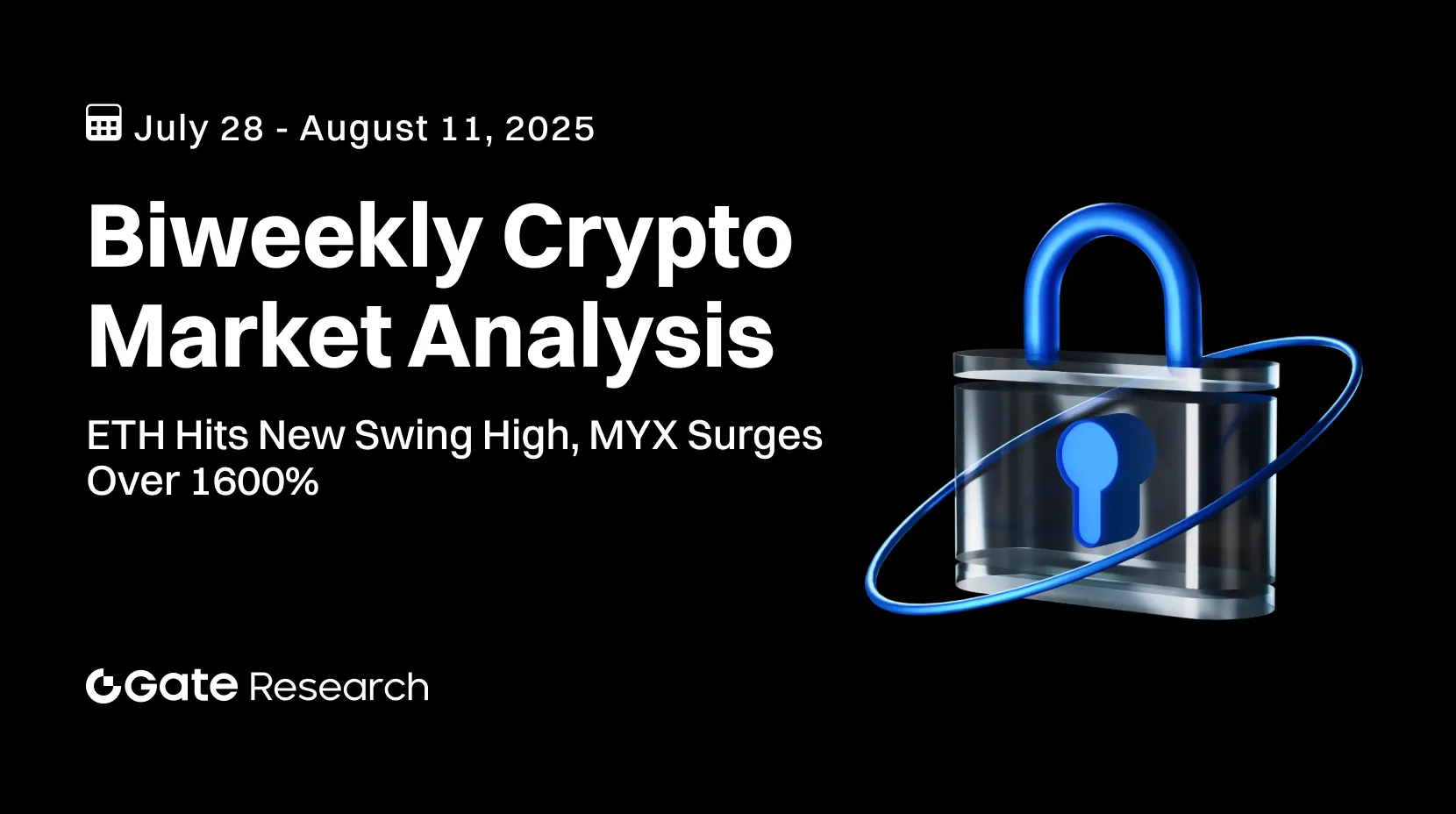 Gate Research: ETH Hits New Swing High, MYX Surges Over 1600% with Mid-Caps Leading on Volume
Gate Research: ETH Hits New Swing High, MYX Surges Over 1600% with Mid-Caps Leading on Volume
Gate Research: ETH Hits New Swing High, MYX Surges Over 1600% with Mid-Caps Leading on Volume
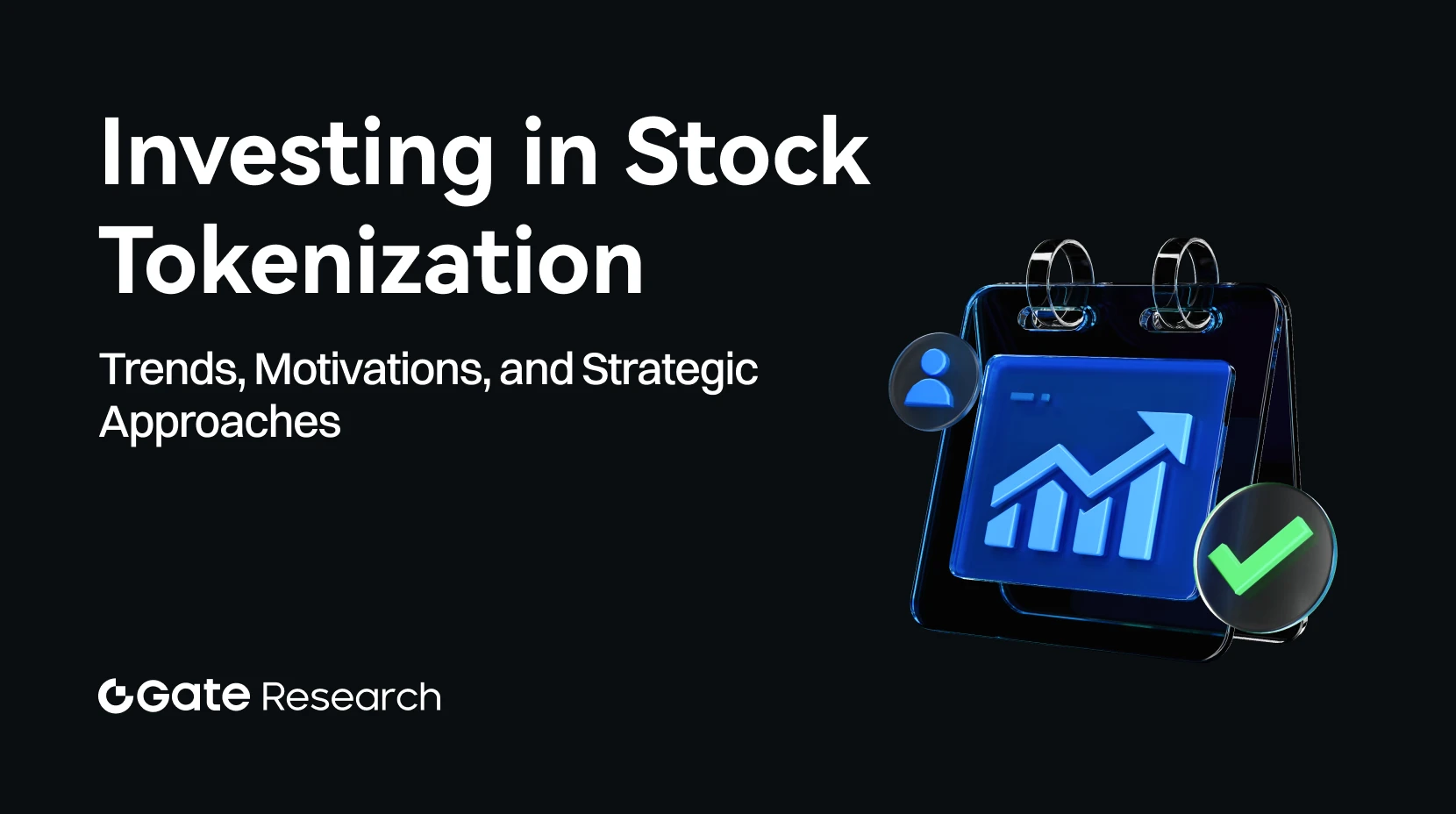 Gate Research|The Institutional Shift into Crypto: Drivers, Strategies, and the Road to Market Maturity
Gate Research|The Institutional Shift into Crypto: Drivers, Strategies, and the Road to Market Maturity
Gate Research|The Institutional Shift into Crypto: Drivers, Strategies, and the Road to Market Maturity
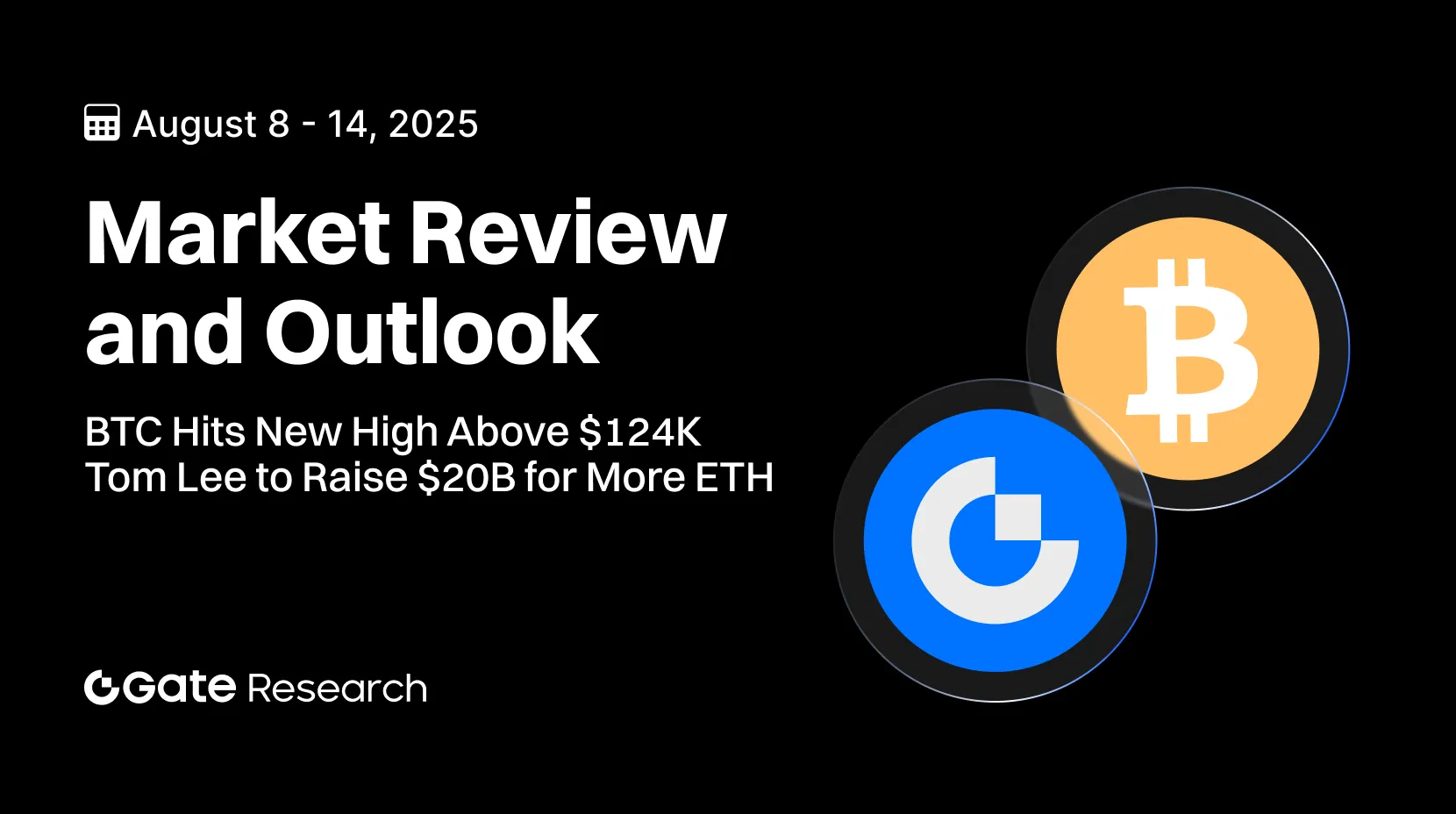 Gate Research: BTC Sets New Record, Surging Past $124,000 | Tom Lee Announces $20 Billion Capital Raise to Increase ETH Holdings
Gate Research: BTC Sets New Record, Surging Past $124,000 | Tom Lee Announces $20 Billion Capital Raise to Increase ETH Holdings
Gate Research: BTC Sets New Record, Surging Past $124,000 | Tom Lee Announces $20 Billion Capital Raise to Increase ETH Holdings
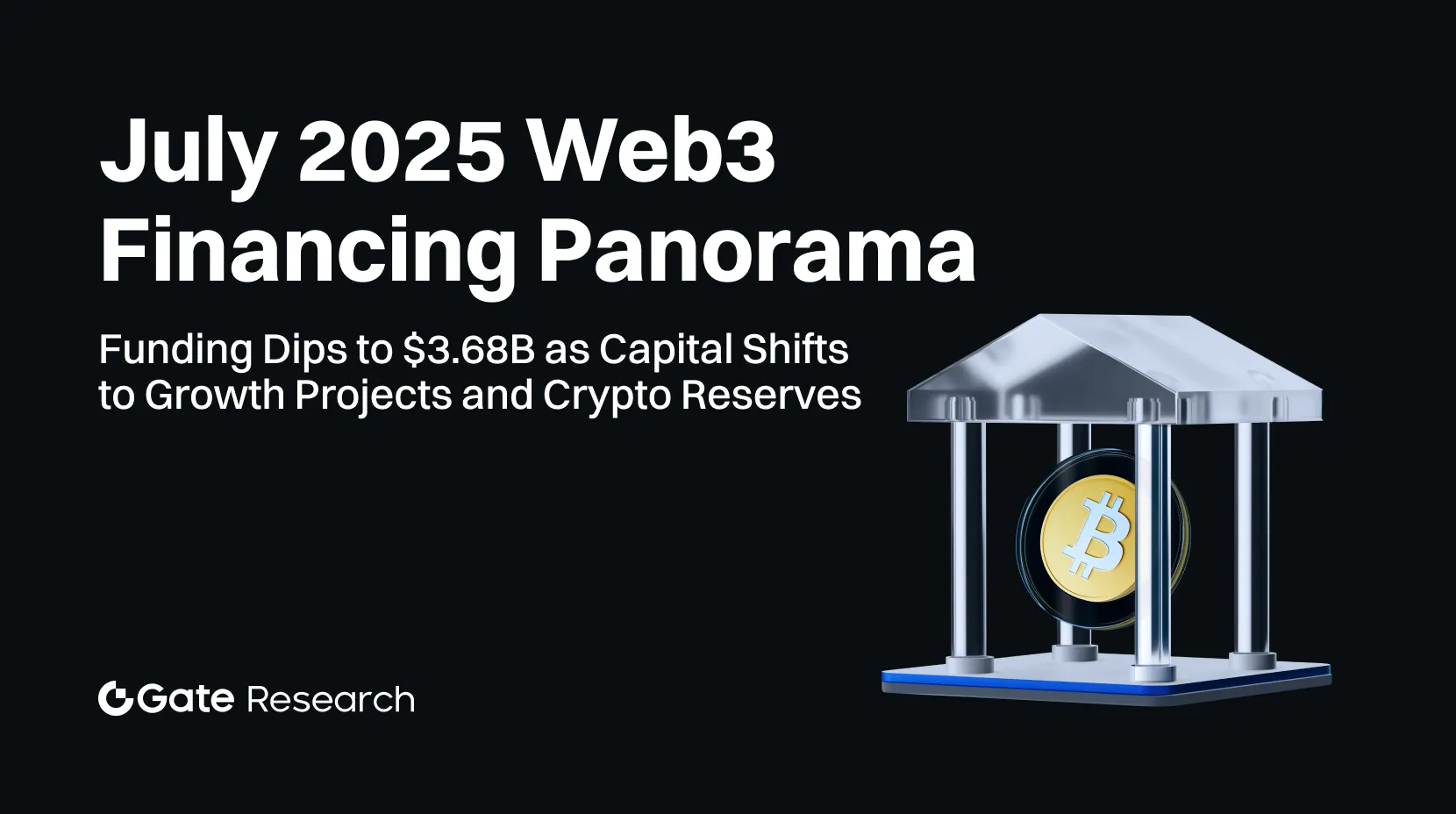 Gate Research: Funding Dips to $3.68B as Capital Shifts to Growth Projects and Crypto Reserves | July 2025 Web3 Fundraising Overview
Gate Research: Funding Dips to $3.68B as Capital Shifts to Growth Projects and Crypto Reserves | July 2025 Web3 Fundraising Overview
Gate Research: Funding Dips to $3.68B as Capital Shifts to Growth Projects and Crypto Reserves | July 2025 Web3 Fundraising Overview
注目のコース
その他の推奨事項
中級
Multiversxエコシステムの紹介
スケーラビリティ、セキュリティ、ユーザー中心のイノベーションのために設計されたブロックチェーンエコシステムであるMultiversxに飛び込みます。 この包括的なコースでは、Multiversxの基盤技術、独自の機能、および分散型金融、Web3、メタバースの未来を形作る上での極めて重要な役割について深く掘り下げます。 ブロックチェーン愛好家、開発者、または単にデジタルテクノロジーの将来に興味を持っているかどうかにかかわらず、このコースでは、ブロックチェーン空間で最も先進的なプラットフォームの1つを完全に理解できるようになります。


中級
OPメインネットの紹介(Optimism)
最も革新的で急速に進化するブロックチェーンエコシステムの1つへの没入型の旅であるOPメインネットに関する包括的なコースへようこそ。 分散型金融と暗号通貨の世界が拡大し続ける中、OPメインネットのようなプラットフォームの複雑さを理解することは、単なる知的な追求ではなく、実際的な必要性です。 このコースは、OPメインネットの複雑さを解明することを目的としており、その技術的基盤、運用ダイナミクス、およびブロックチェーンの世界における変革的な役割について深く掘り下げます。 レイヤー2ソリューション、スマートコントラクト開発、および分散型アプリケーションの将来について最先端の理解を得ようとしている場合、このコースは、この革命的な変化の一部になるための入り口です。
トピック別に学習
件名
アルトコイン
ビットコイン
ブロックチェーン
DeFi
イーサリアム
メタバース
NFT
取引
チュートリアル
Futures
取引ボット
BRC-20
GameFi
DAO
マクロトレンド
ウォレット
Inscription
テクノロジー
「ミーム」
AI
SocialFi
DePin(ディーピン)
ステーブルコイン
リキッド・ステーキング
金融
RWA
モジュラー型ブロックチェーン
ゼロ知識証明
「リステイキング」
「暗号資産ツール」
「エアドロップ」
「Gateの商品」
セキュリティ
プロジェクト分析
CryptoPulse
リサーチ
TONエコシステム
Layer 2
Solana
支払い
マイニング
注目のトピック
P2P
Suiエコシステム
チェーン抽象化
オプション
クイックリード
ビデオ
デイリーレポート
市場予測
取引ボット
VIP業界レポート
ETFレバレッジトークン
トップストーリー
XRP
Pi Network
難易度
初級編
中級
上級
最新コース
その他の推奨事項
中級
Celestiaとモジュラーブロックチェーンデザインの紹介
このコースでは、データの利用可能性とコンセンサスに特化した初のモジュラーブロックチェーンネットワークであるCelestiaについて包括的な紹介を行います。学習者は、モノリシックからモジュラーなアーキテクチャへの移行を探り、Celestiaの内部動作を理解し、その実世界での応用を調査します。

初級編
規制下にあるステーブルコインおよびMiCA規制遵守の概要
ステーブルコインは、デジタル資産分野において最も影響力のあるイノベーションの一つとなり、伝統的金融とブロックチェーンベースのシステムとの架け橋としての役割を担っています。しかし、その急速な普及により、透明性・安定性・監督体制に関する課題も浮き彫りとなっています。欧州連合(EU)の「Markets in Crypto-Assets Regulation(MiCA)」は、これらの課題に対応するため、ステーブルコインの明確な区分を設定し、発行者に対して遵守すべき義務を定める包括的な法的枠組みを導入しました。本レポートでは、規制下にあるステーブルコインの仕組み、MiCAが定める要件の詳細、そしてこの規制が業界の今後にもたらす影響について詳述します。

中級
AI向け分散型GPUクラウドの概要
AIワークロードの高度化と規模拡大に伴い、中央集権型GPUプロバイダーでは世界的な計算能力の需要に十分対応しきれない状況が続いています。これを受け、分散型GPUクラウドは、誰もがグローバルにGPUリソースへアクセス・提供・収益化できる新しいパーミッションレスモデルとして登場しました。本コースでは、こうしたネットワークの仕組みや重要性、そしてAI開発者やノード運用者、学習者としてどのように参画できるかをわかりやすく解説します。
最新記事
その他の推奨事項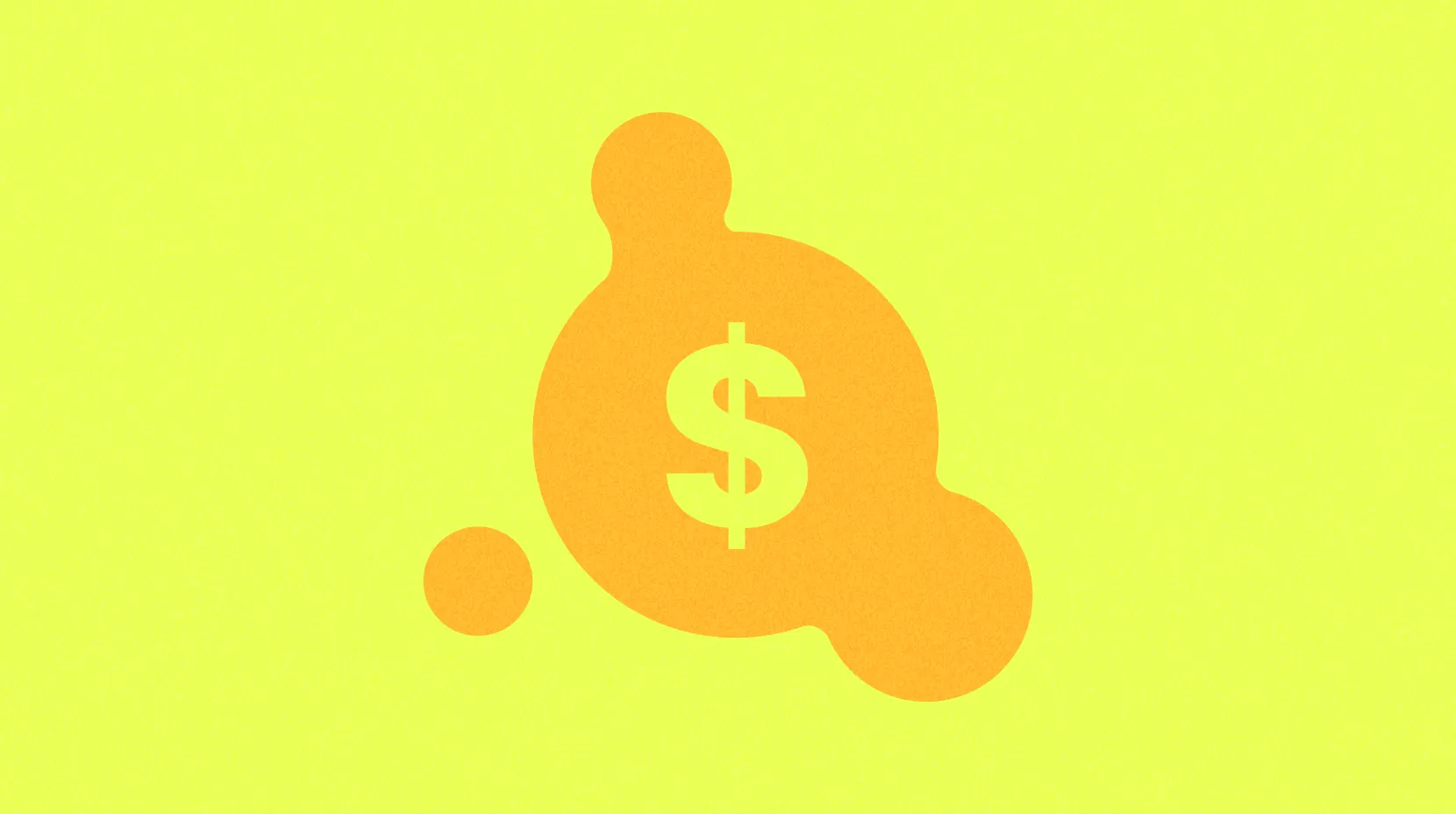
中級
伝統的金融分野におけるブロックチェーン:銀行、資産運用会社、フィンテック企業が押さえておくべきポイント
A16zが暗号資産およびテクノロジー分野において展開する新たな投資ロジックを詳しく掘り下げ、AI、分散型技術、インフラストラクチャー領域での戦略的な取り組みと、それらの動向を促進する根本的なトレンドについて分析します。
8/15/2025, 11:31:34 AM

中級
BIOがV2を発表──新ローンチパッドが再びDeSciの熱狂を呼び起こすのか注目される
A16zが暗号資産やテクノロジー分野で展開する投資戦略の変遷について、AIや分散化、インフラに対する取り組み、そしてそれらのポートフォリオ形成に影響を与える主要な市場トレンドを徹底解説します。
8/15/2025, 11:26:59 AM

中級
ETHトレジャリー企業がオンチェーンにもたらす影響の考察
ETHの企業財務は急速に拡大し、わずか2か月間で220万ETH(流通量の1.8%)を蓄積しました。この急増は、ETHの需要を押し上げるだけでなく、ステーキングやDeFiへの参加によってEthereumの流動性やセキュリティの向上にもつながります。一方で、企業の財務リスクがオンチェーン上で波及する可能性もあります。
8/15/2025, 11:22:06 AM
最新の研究
その他の推奨事項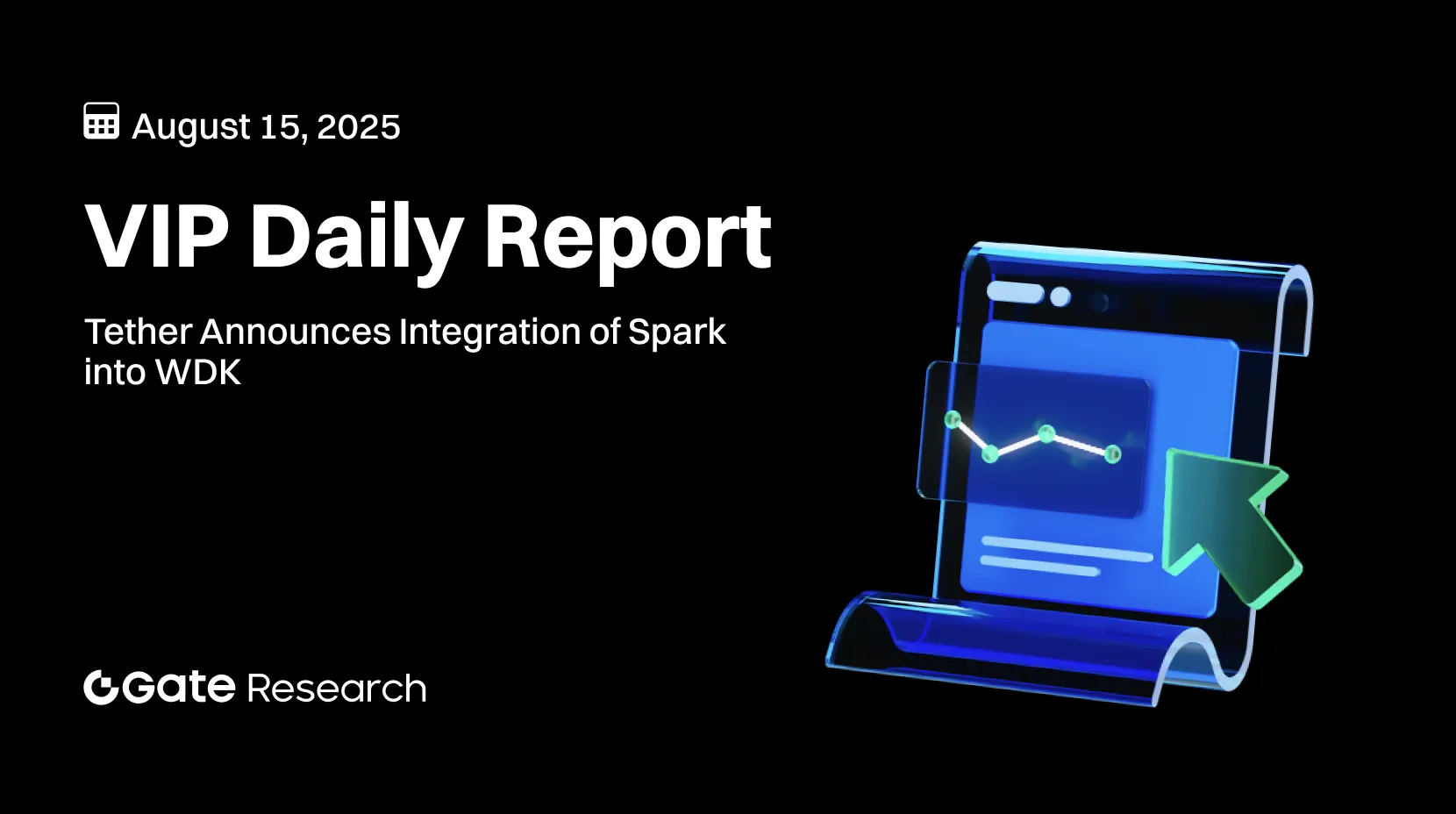
上級
 Gate Researchによると、LidoのEthereumステーキング市場におけるシェアは24.4%に低下しました。TetherはSparkのWDKへの統合を発表しています。
Gate Researchによると、LidoのEthereumステーキング市場におけるシェアは24.4%に低下しました。TetherはSparkのWDKへの統合を発表しています。
Gate Research 日次レポート:8月13日、BTCは119,000ドル付近で推移し、ETHは7.09%上昇して4,600ドルを上回り、GTは16.745ドルまで回復しました。Aaveの未返済ローン残高は250億ドルを超え、過去最高となりました。これにより、DeFiレンディング需要の大幅な回復を示しています。Circleは、ステーブルコインおよび機関投資家向け金融ユースケースに特化したレイヤー1ブロックチェーン「Arc」のリリースを発表し、今秋にパブリックテストネットの公開を予定しています。RWA(リアルワールドアセット)に特化したブロックチェーン「MANTRA Chain」はテストネット上で完全なEVM互換性を達成し、9月にメインネットのローンチが計画されています。
8/15/2025, 7:57:06 AM

上級
Gate Researchによると、LidoのEthereumステーキング市場シェアが24.4%に減少しました。Tetherは、SparkのWDKへの統合を発表しています。
Gate Researchデイリーレポート:8月15日、BTC価格は4.04%下落し、過去24時間で新高値$124,000をつけた後、すぐに$118,000~$119,000の範囲まで急落しました。ETHは同期間に3.04%下落しており、Bitcoinやトップ100アルトコインの中央値よりも下落幅が小さく、ETHの価格の強さが見られます。Ethereumステーキング市場におけるLidoのシェアは過去最低の24.4%となりました。Figmentは過去1カ月で約34万4,000人の新規ステーキングユーザーを増やし、全体の4.5%を占めるまでになりました。TetherはLightning Network向けの非カストディアル金融インフラをサポートするため、オープンソースウォレット開発キットWDKにSparkを統合したと発表しました。ブロックチェーン基盤の米国株取引サービスを提供するスタートアップDinariは、独自のレイヤー1ブロックチェーン「Dinari Financial Network」の開始を発表しました。
8/15/2025, 7:13:39 AM
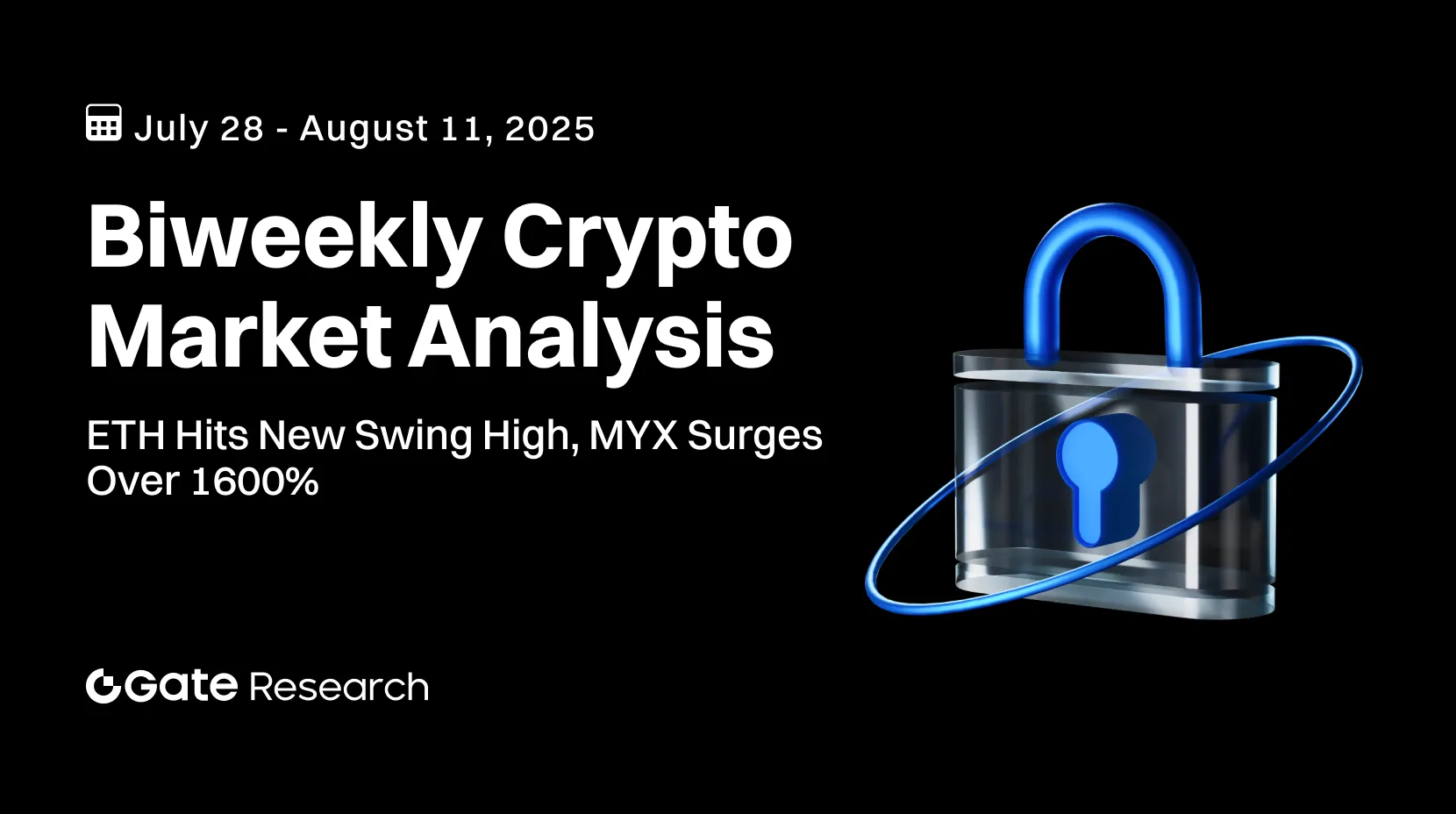
上級
Gate Researchによると、ETHは新たなスイング高値を記録し、MYXは1600%以上の大幅な上昇を遂げました。中規模銘柄が取引量を牽引しています。
Gateリサーチレポート:2025年7月28日から8月11日にかけて、仮想通貨市場はパブリックチェーンエコシステムの回復と好調な政策動向が重なり、力強い上昇トレンドを示しました。ETHはテクニカル面で新高値を記録し、4,300 USDTを突破しました。MYXは1608.26%という大幅な上昇率で他銘柄を上回るパフォーマンスを示しました。SOONやGMXなどの中型トークンは取引量が増加し、短期資金の注目銘柄となっています。一方、MNTやAEROといった大型資産は安定した動きを見せ、流動性の供給源として機能しています。最近では、ByteNova、Camp Network、Beamable、Nexusなどのプロジェクトがエアドロップキャンペーンを開始しています。本レポートでは、リバウンド利益や新たな投資機会の獲得に向けた参加方法を記載しています。
8/15/2025, 6:54:42 AM
用語集
その他の推奨事項apr
Annual Percentage Rate (APR) is an annualized percentage rate that represents investment returns or borrowing costs, calculated using simple interest without accounting for compounding effects. In cryptocurrency, APR is commonly used to measure annualized yields from staking, lending, and liquidity provision activities, helping users evaluate and compare investment benefits across different DeFi protocols.
fomo
Fear of Missing Out (FOMO) refers to the anxiety investors feel about potentially missing profitable opportunities, which drives them to make irrational investment decisions. In cryptocurrency trading, FOMO typically manifests as investors blindly buying assets after prices have already significantly increased, hoping to share in the market's upward momentum.
nft
NFT (Non-Fungible Token) is a unique digital asset based on blockchain technology, characterized by its indivisible and irreplaceable nature, with each NFT possessing a unique identification code and metadata. They are typically created following standards like Ethereum's ERC-721 or ERC-1155, capable of definitively proving ownership, authenticity, and scarcity of digital content.
leverage
Leverage refers to the practice where traders borrow funds to increase the size of their trading positions, controlling assets of greater value with smaller capital. In cryptocurrency trading, leverage is typically expressed as a ratio (such as 3x, 5x, 20x, etc.), indicating the multiple of the original investment that a trader can control in assets. For example, using 10x leverage means an investor can control assets worth $10,000 with just $1,000.


暗号資産の世界へのゲートウェイ、Gateに登録して新たな視点を手に入れましょう
